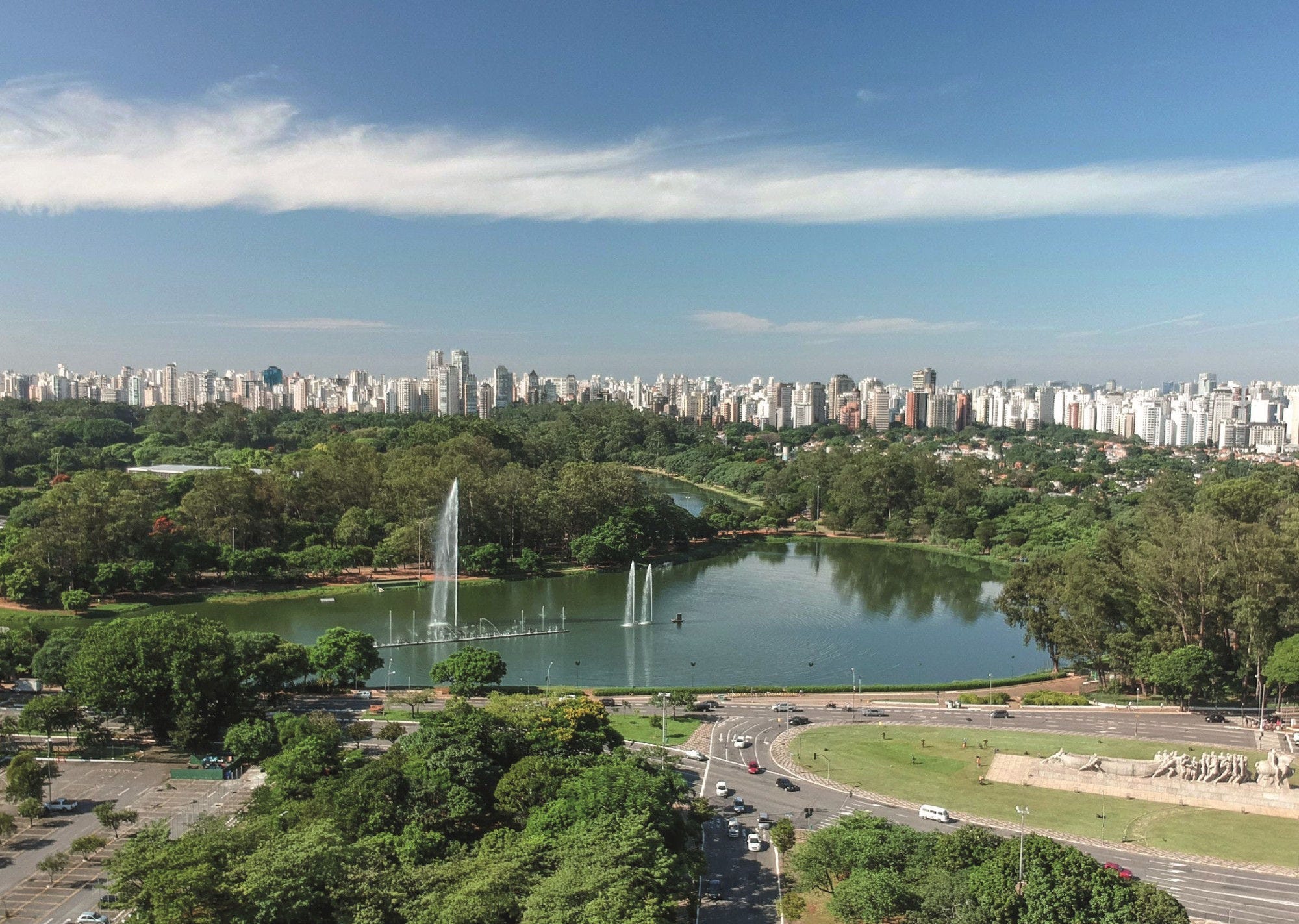Governments procure substantial amounts of goods and services to implement policies and deliver public services. This process entails using public funds to purchase goods, services and works by governments and state-owned enterprises. It is crucial for countries to prioritise efficiency, effectiveness and value for money in public procurement, as these factors directly affect citizens' quality of life.
Public procurement expenditure averaged 17.4% of total government expenditure across Latin America and the Caribbean (LAC) countries with available data in 2021, a slight increase from 16.9% in 2019. However, looking at a longer period (2014-21), the share of procurement expenditure decreased in most LAC countries, and on average in the region by 3.8 percentage points (p.p.). Peru had the highest share of procurement expenditure (45.6% of total spending) in 2021, with a significant proportion dedicated to investment. Brazil, Chile and Costa Rica spent the smallest share on procurement, all at around 17% of total expenditure. Chile has seen the largest reduction in procurement expenditure with a decline of 5.5 p.p. since 2019 (Figure 7.1).
When measured relative to GDP, procurement expenditure remained unchanged on average in the LAC region between 2019 and 2021, at 6.6% of GDP. This average conceals significant variations across countries, however. El Salvador (2.0 p.p.) and Peru (1.2 p.p.) experienced the highest relative increases in procurement spending as a share of GDP over that period, while levels fell in Chile (-0.5 p.p.) and Colombia (-0.2 p.p.). Peru’s expenditure on procurement stands out, at 11.0% of GDP in 2021, compared to Mexico on 3.8% (Figure 7.2).
In LAC countries, subnational governments are key actors in public procurement, as most procurement expenditure is allocated to those levels. On average, 33.5% of procurement expenditure in LAC countries was by central level of government in 2021, while local levels accounted for 41.7%. This was mostly due to countries with federal governments, which tend to allocate more resources and expenditure to subnational governments. Brazil stands out with a large share of procurement expenditure allocated to local government (49.7%) and the state level (34.9%), but only 15.4% to the central government. In contrast, all other LAC countries with available data allocated more than half of their procurement expenditure to the central level, with Paraguay (90.2%) and El Salvador (87.3%) having the highest share (Figure 7.3). The share of procurement spending at the local level decreased fell in most LAC countries between 2019 and 2021, by 2.5 p.p. on average. Mexico (-8.0 p.p.) and Colombia (-6.8 p.p.) saw the largest decreases (Online Figure F.4.1).



